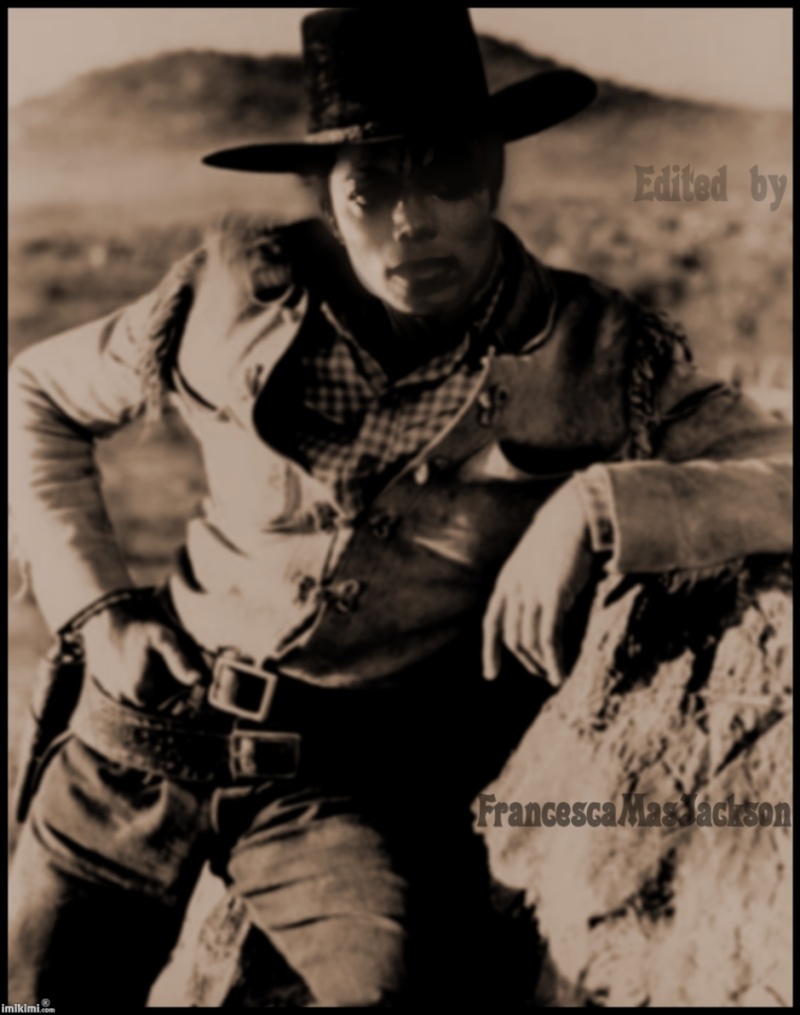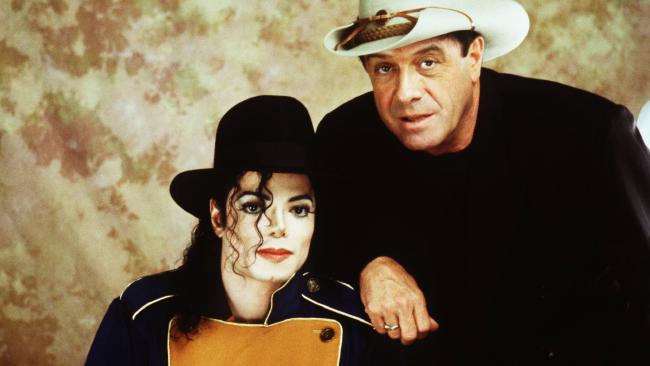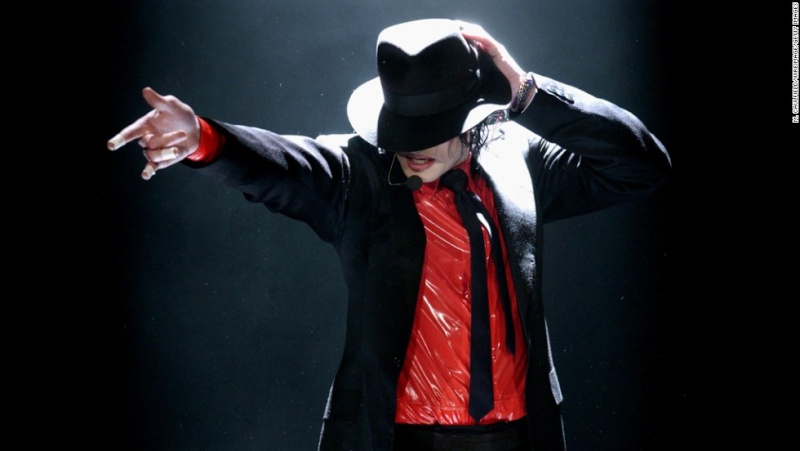
Predecessors of the cowboy date back to colonial times. In western Massachusetts, in the uplands of the Carolinas, in Florida, and across the northern, red clay hills of Georgia and Alabama, cattle-raising societies existed long before the Great Plains had been cleared of buffalo.
It was in Florida that much of the protocol involving branding evolved. Yet the cattle industry of the Southeast never attracted national attention. The herders never became heroes. They remained little known and were recognized for what they were—illiterate, unmounted trespassers on the public domain, drifting from grazing ground to grazing ground, trailing their beasts to markets at Ohio River towns or to Savannah or Jacksonville.
The cowboy of myth and reality had his beginnings in Texas. There cattle grew wild with few natural enemies; by the end of the Civil War there were an estimated 5 million of them. It was then that the cowboy entered his twenty-year golden age, 1866-1886, the era of the open range and the great cattle drives.
The incentive was the high price of beef up North, where Union armies had exhausted the supply and the urbanizing East provided a ready market. A steer worth four dollars in Texas was worth forty dollars in the North. The economics did not escape the Texans. Beginning in 1866 they began moving long lines of longhorns northward, with the primary destination being the railhead at Sedalia, Missouri. Indians and farmers who resented cattle trampling their crops and spreading the dreaded Texas fever protested their passage. Outlaws stole the cattle and were not averse to killing the men driving them.
The men who worked the cattle in the treeless expanses of the West, at least one-fourth of them blacks, became known as cowboys. The image of the courageous, spirited horseman living a dangerous life carried with it an appeal that refuses to disappear. Driving a thousand to two thousand cattle hundreds of miles to market; facing lightning and cloudbursts and drought, stampedes, rattlesnakes, and outlaws; sleeping under the stars and catching chow at the chuckwagon—the cowboys dominated the American galaxy of folk heroes.
Even their dress inspired envy. The cowboys’ hats were high-crowned with wide, floppy rims, practical for protection from the sun’s glare, useful as a cup with which to scoop up water or, folded over, as a pillow.

The bandana handkerchief tied around the neck could be lifted to cover mouth and nostrils from dust. Originally the collarless shirt and trousers were nondescript, of flannel or wool. A vest was often worn; it gave some protection from cold winds and also had a number of useful pockets, one of which held Bull Durham tobacco and cigarette papers.
The boots with heels two inches high, the better to rest in the stirrups or dig into the ground while roping a calf, may have appeared exotic to a dude, but they were absolutely practical. The stock saddle’s design traced all the way back to the Moors of North Africa, having come to the American cowboy by way of the Spanish and Mexicans.
Chaparejos, or chaps, served a valuable purpose when a cowboy had to chase after a steer into a patch of thorny mesquite. A bridle, a lariat, and, during the cattle drives, probably a well-balanced six-shooter completed the cowboys’ outfit.
Ranchers staked out homesteads often centered in a cottonwood grove, with ample water nearby; they grazed their cattle over thousands of acres of public domain. Barbed wire, a web of railroads throughout the Great Plains, and enforcement of federal land laws all put an end to the open-range cattle industry and the great trails.














